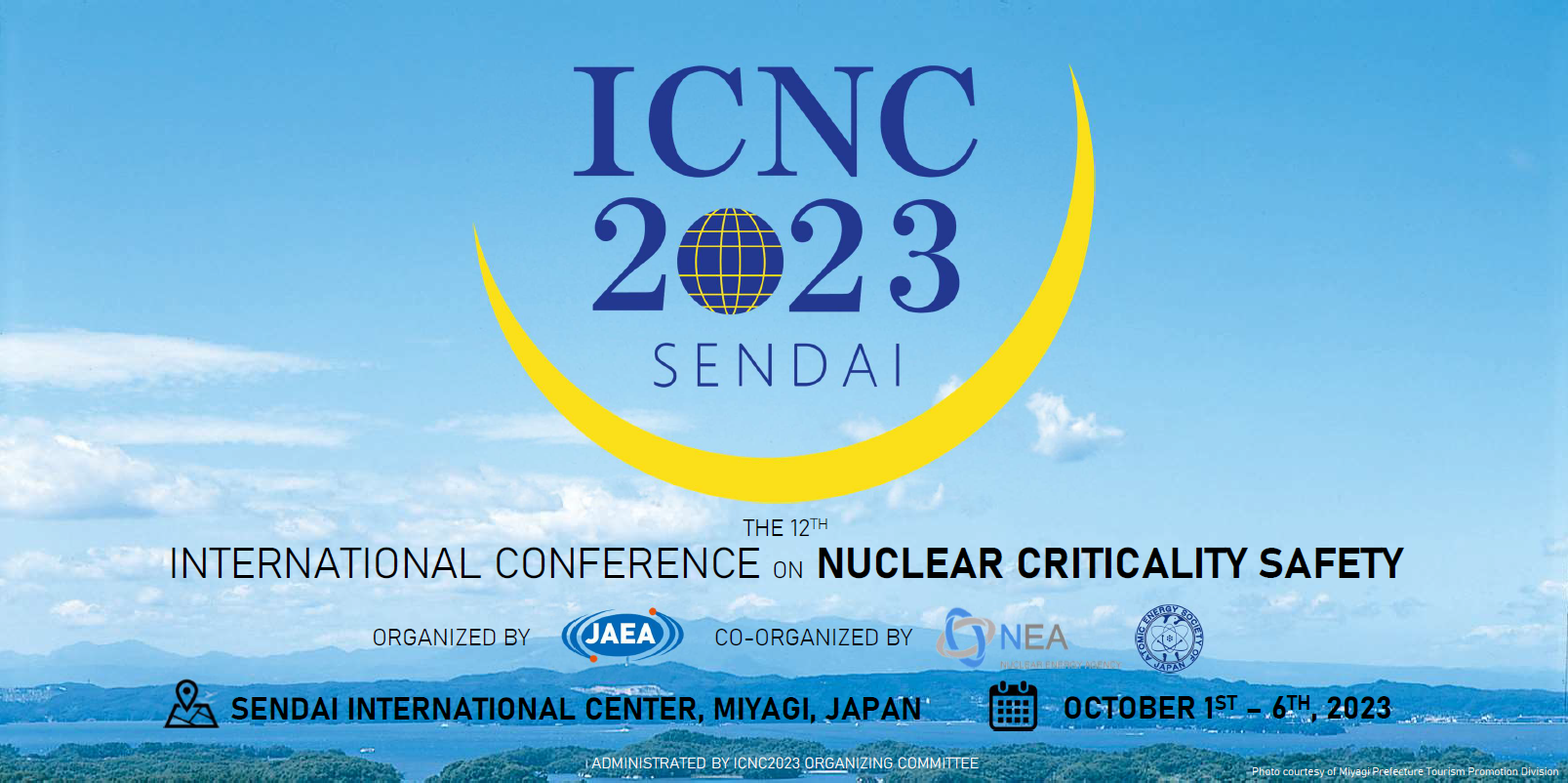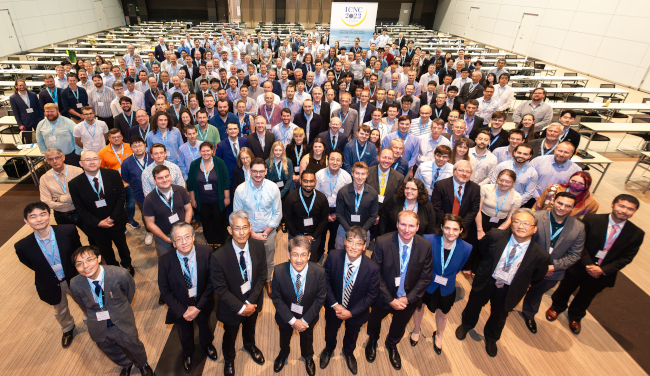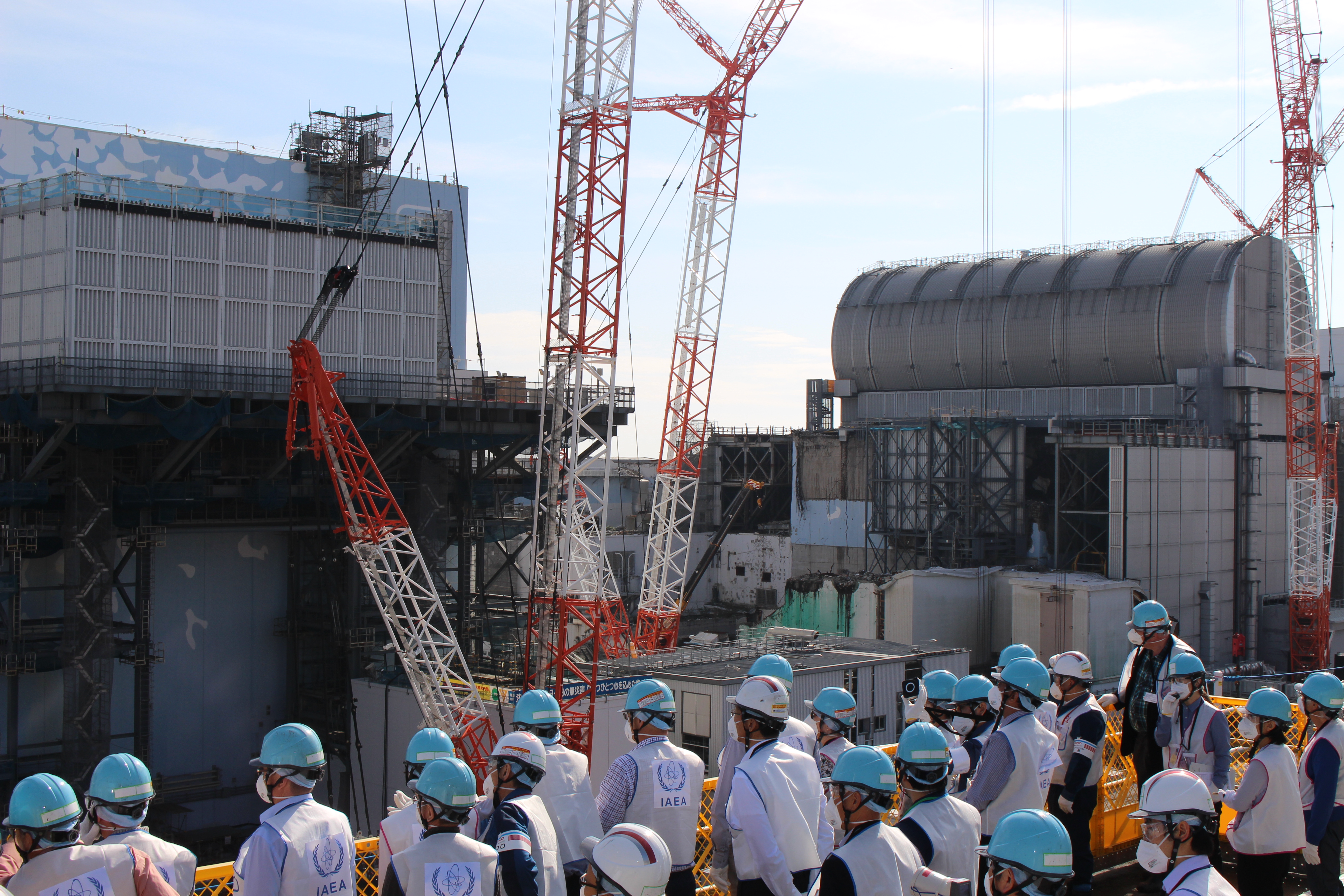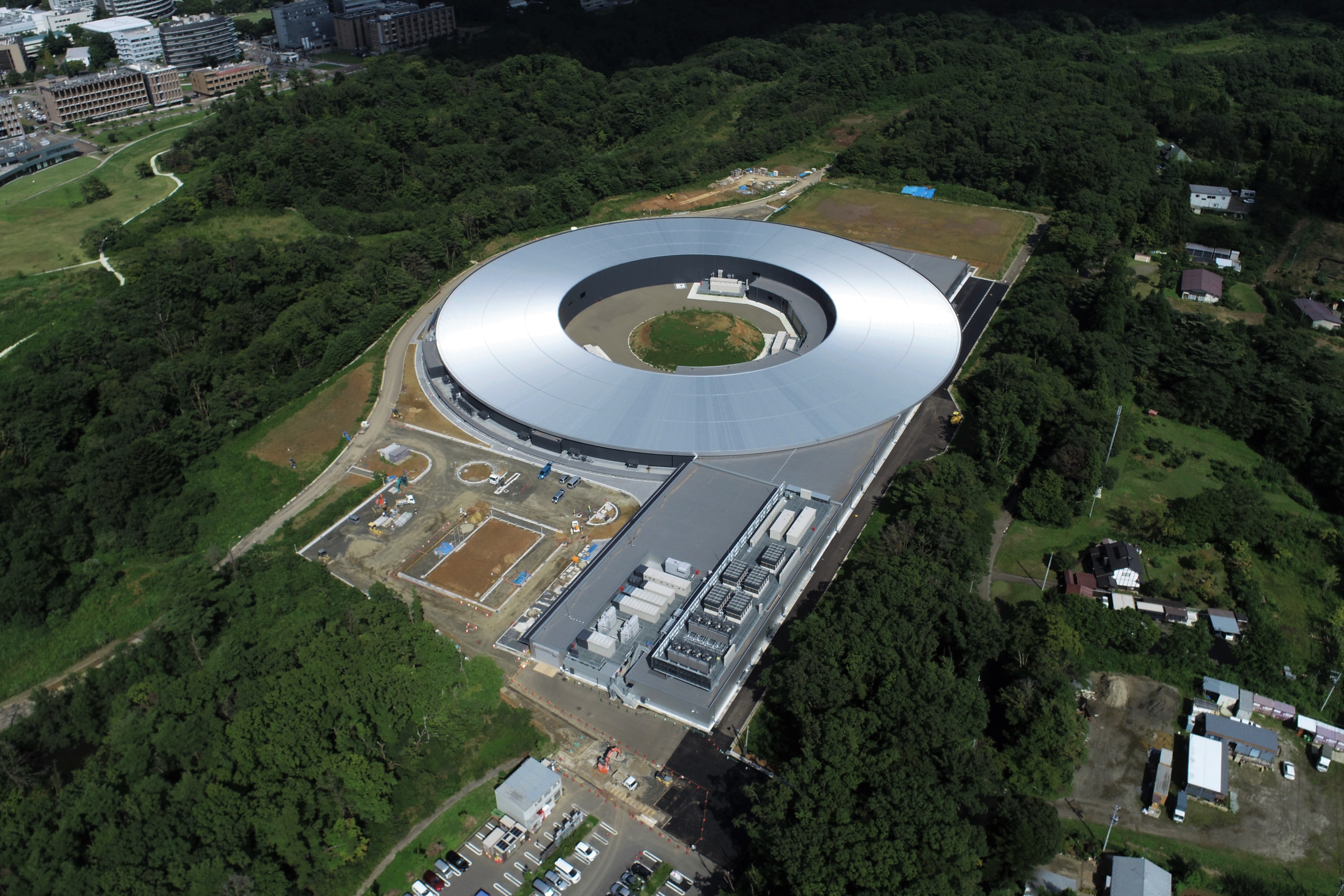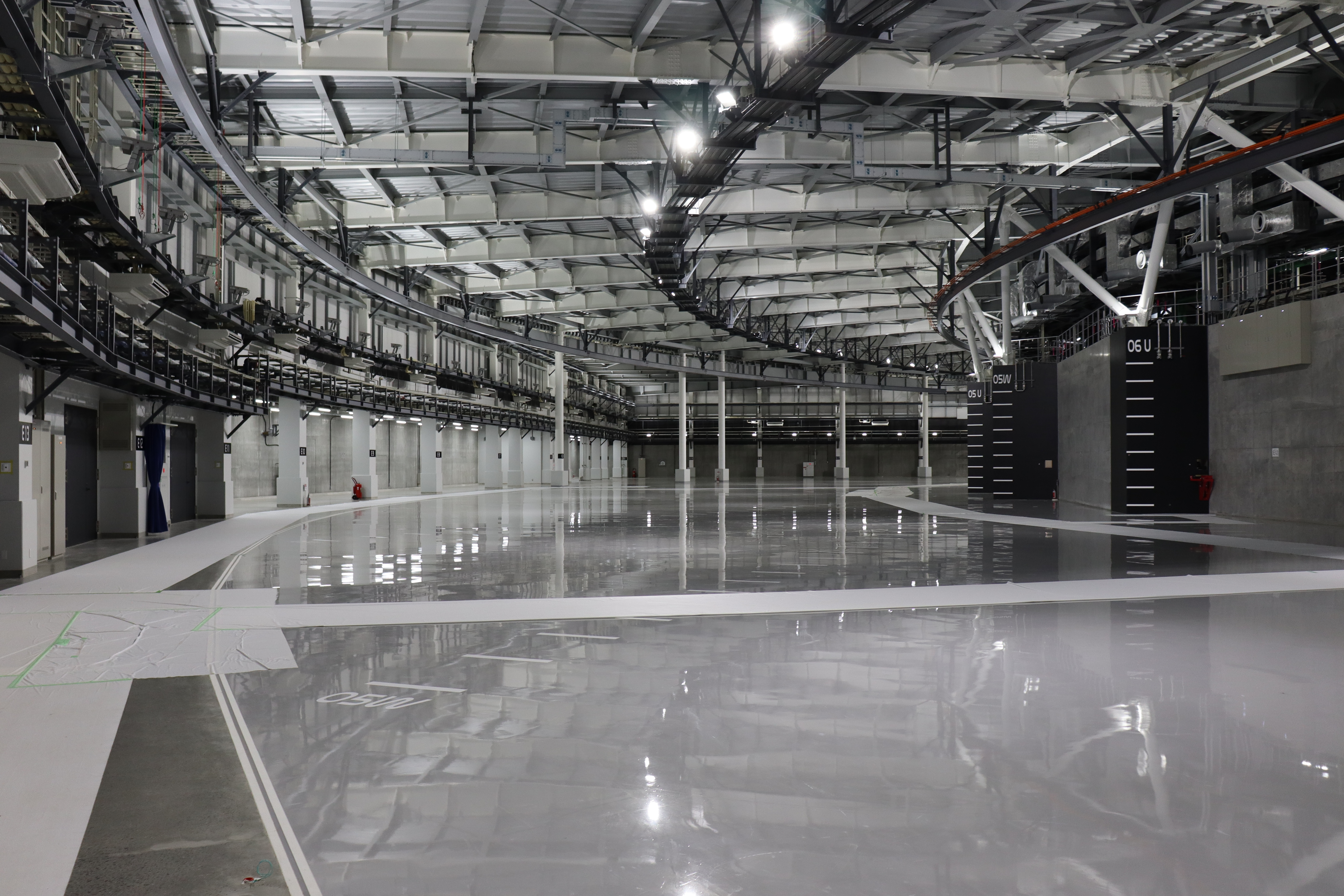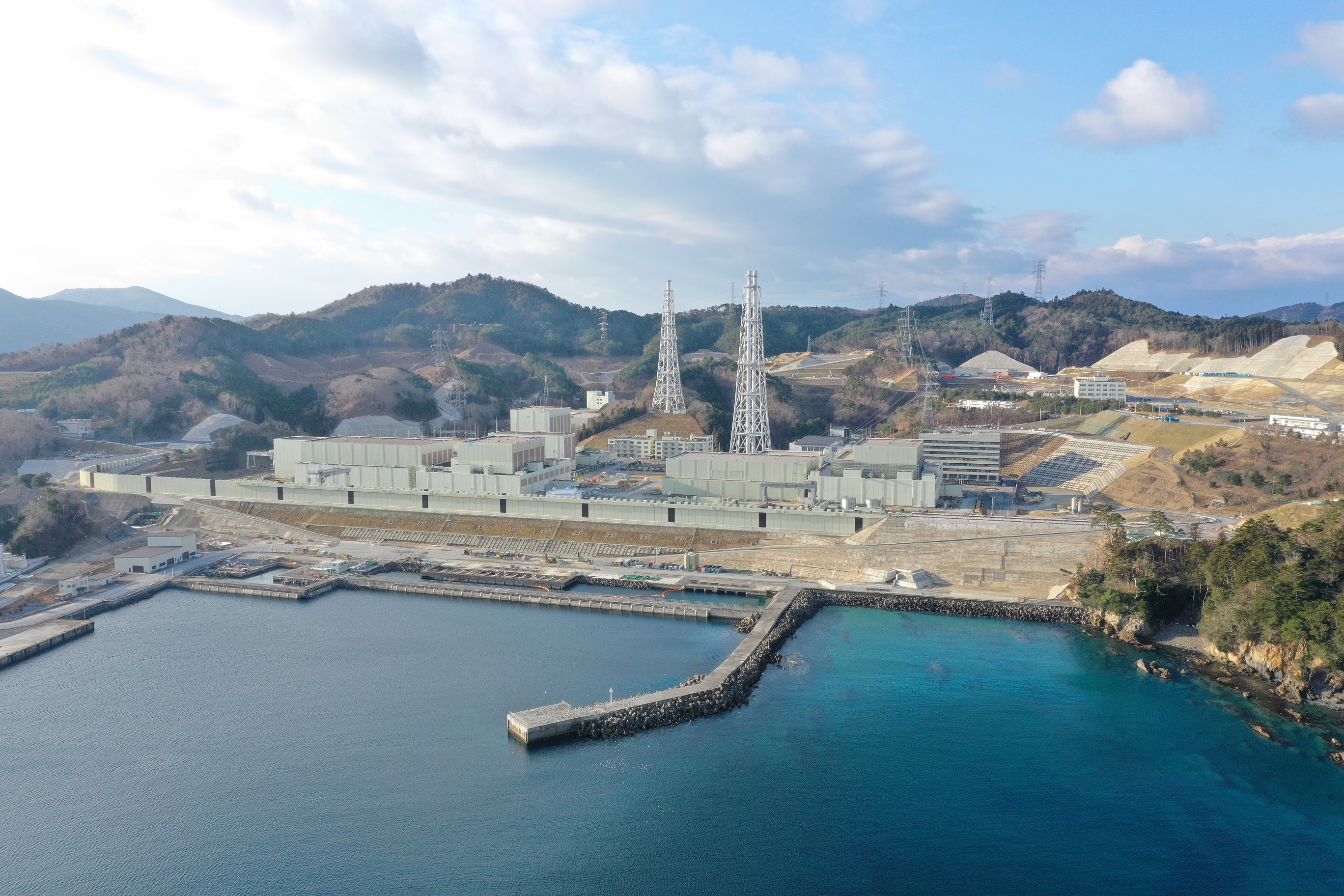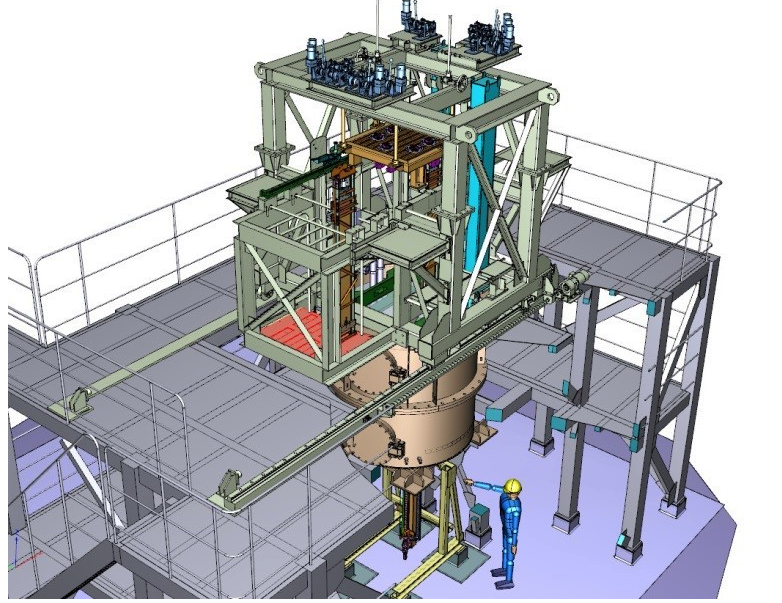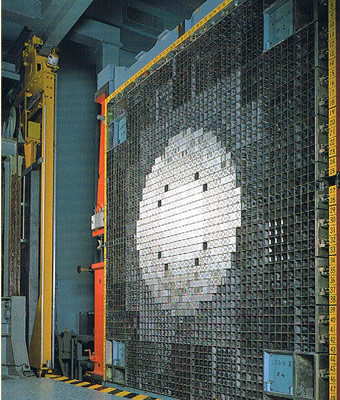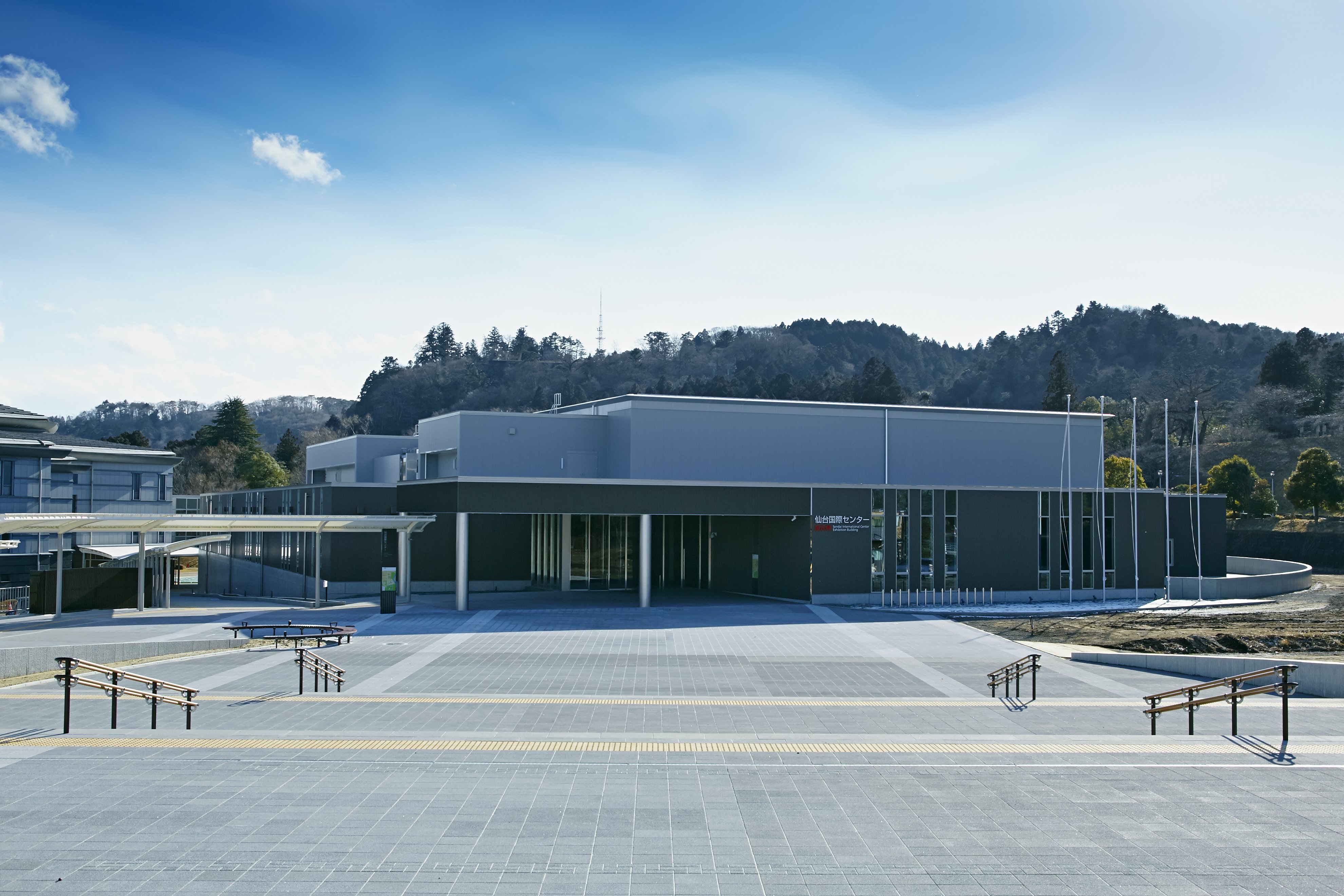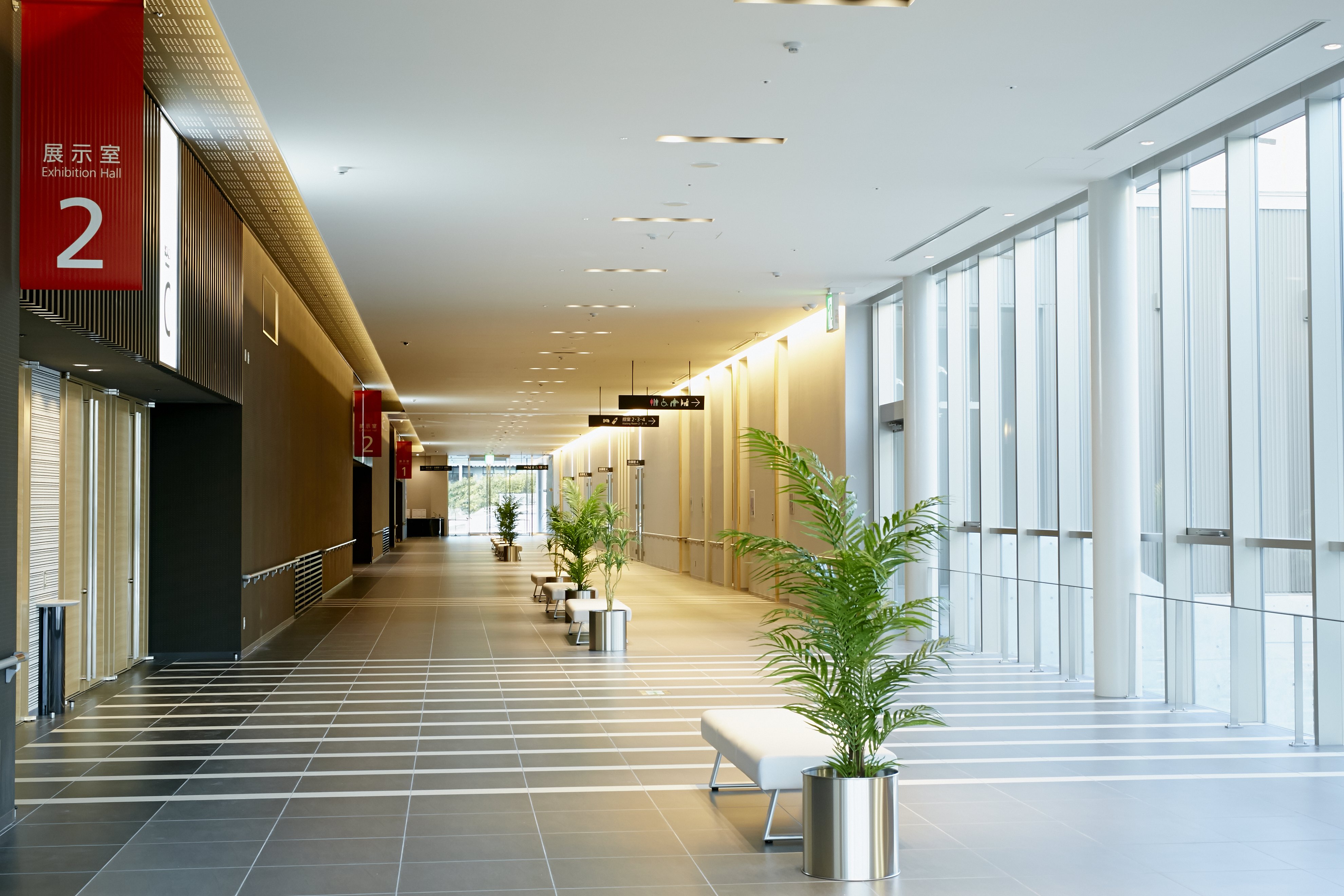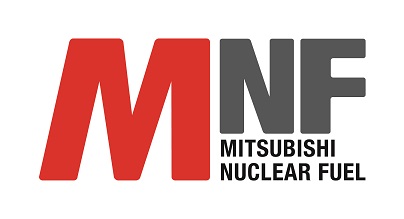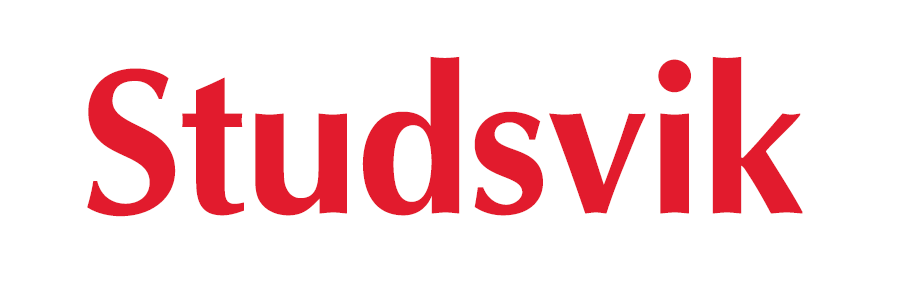 NEWS!
NEWS!
| Oct 6, 2023 | ICNC2023 was successfully closed. Thank you for all contributions! |
| Sep 26, 2023 | Final program was released! |
| Sep 4, 2023 | Preliminary program was updated! |
| Aug 24, 2023 | Preliminary program and presnter manual have been released! |
Previous news
| May 22, 2023 | Deadline of Full paper submission has been extended! |
| Apr 5, 2023 | Full paper submission and registration have been started! |
| Feb 24, 2023 | Technical tours information has been updated! |
| Dec 15, 2022 | Registration information (fee, dates,...etc) has been updated! |
| Dec 13, 2022 | Deadline of abstracts submission has been extended! |
| Dec 13, 2022 | 3rd flyer was released. |
| Nov 28, 2022 | Full-paper format is available ("SUBMISSION" section) |
| Sep 30, 2022 | Abstract submission system was open ("SUBMISSION" section) |
| Sep 30, 2022 | 2nd flyer was released. |
| Jul 12, 2022 | 1st flyer was released. |
| Jun 1, 2022 | ICNC2023 Website was open. |
| Sep 20, 2019 | ICNC2019 was successfully closed in Paris, France on Sep 15th - 20th, 2019. |
 PROGRAM
PROGRAM
| Oct 1 (Sun) | Oct 2 (Mon) | Oct 3 (Tue) |
|---|---|---|
| Workshop Welcome Cocktail |
Plenary Session Technical Sessions |
Technical Sessions (Poster) Banquet |
| Oct 4 (Wed) | Oct 5 (Thu) | Oct 6 (Fri) |
|---|---|---|
| Technical Sessions | Technical Sessions Closing Session |
Technical Tours |
 REGISTRATION
REGISTRATION
Registration Fees
| Early-Bird Rate ( |
Standard Rate (Jul 15 - Aug 25, 2023) |
Onsite Rate (Aug 26 - Oct 5, 2023) |
|
|---|---|---|---|
| Full Attendance |
95,000 JPY | 110,000 JPY | 115,000 JPY |
| Student | 35,000 JPY | 50,000 JPY | 55,000 JPY |
| One Day Attendance | 55,000 JPY | 55,000 JPY | 60,000 JPY |
| Accompanying Person (Family) | 25,000 JPY | 25,000 JPY | 30,000 JPY |
| Extra Paper Fee* | 15,000 JPY | 15,000 JPY | - |
| Banquet Ticket** | 20,000 JPY | 20,000 JPY | - |
| * Fee per one extra paper for participants who pay Full Attendance or Student fee. |
| ** For One day Attendance participants who attend on Oct 3, 2023. |
Registration Category Details
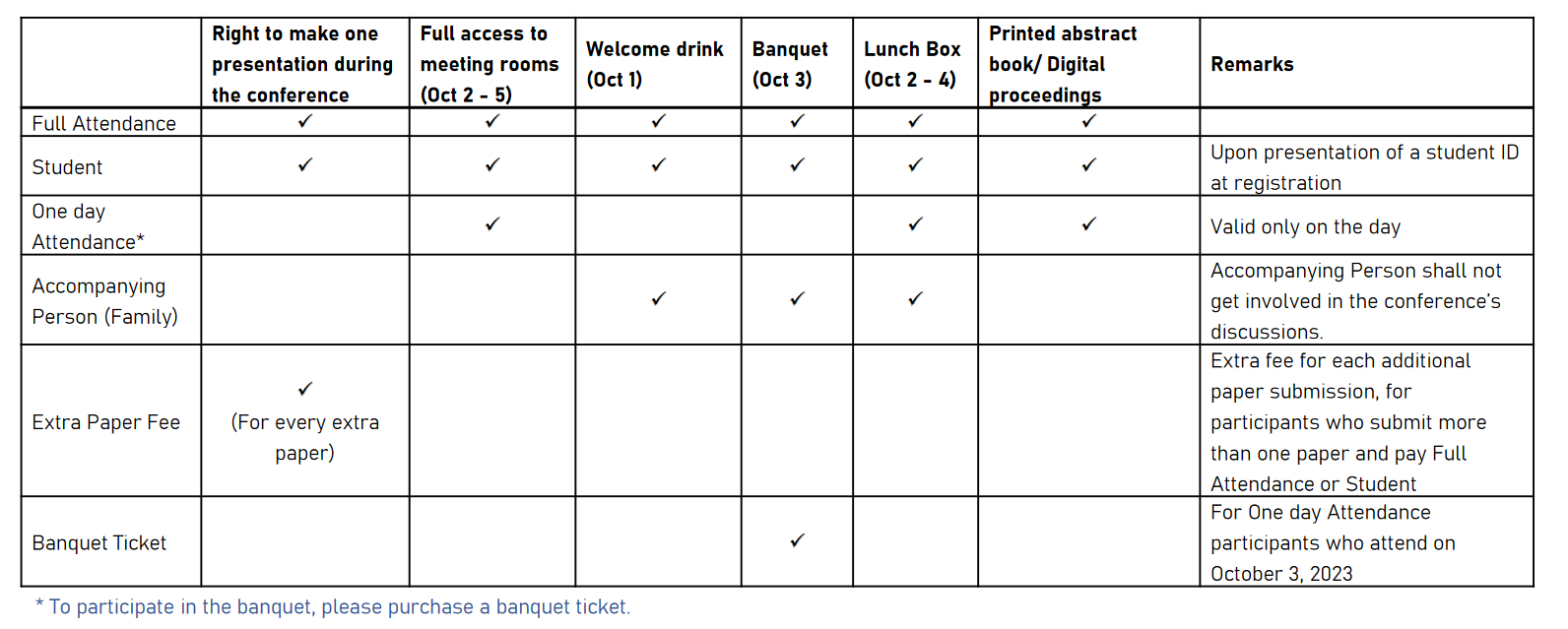
Registration Note
- If you would like to make a presentation, you are kindly requested to register as Full Attendance or Student. This includes full event access rights (session, coffee break, lunch box, banquet, etc.).
- If you would like to make an extra presentation, you are kindly requested to bear the expense of an Extra Paper Fee for each extra presentation. Submission of multiple papers is possible by creating an account in the submission system for each paper. In this case, you are requested to make one registration as Full Attendance or Student for one account, and then pay Extra Paper Fee for the other accounts.
- Participants who register as Student might be asked to show their student ID at the conference registration desk.
- To be entitled to the Early-Bird Rate, the payment must be processed by Jul 14, 2023. Please note that if the participants do not complete the payment by Jul 14, 2023, the registration will be cancelled and then the Standard Rate will be applied.
- The participant who makes a presentation should finish the payment by Aug 25, 2023. If not, the registration and paper submission will be cancelled. The submitted paper will not be included in the Proceedings.
- Registration still opens at the Onsite Rate after Aug 26, 2023, for participants who have no presentation.
- All dates are in JST (Japan Standard Time; UTC+9).
Payment Information and Cancellation Policy
- All registration fees must be paid only by credit card. (Visa, MasterCard, JCB, AMEX, and Diners Club are available.)
- Receipts can be downloaded from each account's My Page.
- No refunds will be made for canceled participation or presentation.
 SUBMISSION
SUBMISSION
New paper applications have been closed.
 FLYER
FLYER
 KEY DATES
KEY DATES
| Sep 30, 2022 | Open for 400 words abstract submission |
→ Feb 3, 2023 |
Deadline of abstract submission |
| Feb 24, 2023 | Notification of peer review results to authors |
→ Jun 2, 2023 |
Deadline of full-paper submission |
| Jul 14, 2023 | Final notification of peer review results to authors |
→ Aug 31, 2023 |
Deadline of revised full-paper submission |
 TRACKS
TRACKS
| 1. | Codes and Other Calculation Methods |
| 2. | Nuclear Data |
| 3. | Uncertainty and Sensitivity Analysis |
| 4. | Measurements, Experiments, and Benchmarks |
| 5. | Standards, Assessment Methodology, Regulations |
| 6. | Operational Practices and Safety Cases |
| 7. | Storage, Transport, and Disposal Issues |
| 8. | Criticality Accidents and Incidents |
| 9. | Professional Development Issues and Training |
| 10. | Future Challenges |
< Special Sessions > |
|
| S-1. | Fukushima Dai-ichi Nuclear Power Plant |
| S-2. | Machine Learning, Deep Learning |
Track Details
Technical Program Chair: Tomohiro ENDO (Nagoya Univ., JP)
| No. | Subject | Track Leaders |
|---|---|---|
| 1. |
Codes and Other Calculation Methods An indispensable tool for nuclear criticality safety practitioners. The advance in calculation methods for more reliable codes. Accurately defining the range of applicability of an analysis based on calculations by an intimate knowledge of the capability of methods. |
|
| 2. |
Nuclear Data Verification, validation, measurement, evaluation, utilization, and processing of nuclear data. |
|
| 3. |
Uncertainty and Sensitivity Analysis The advancement in calculation methods for sensitivity analysis, uncertainty quantification, and data assimilation to assess the impact of uncertainties on a calculated parameter (e.g., keff) in the area of criticality safety. |
|
| 4. |
Measurements, Experiments, and Benchmarks Experiments and its measurement driven by gaps in the nuclear data and by needs of the industry to address planned operations. Efforts to make criticality experiments data more widely available, to better define the uncertainties associated with benchmark experiments, and to improve the numerical prediction of keff based on the data assimilation. |
|
| 5. |
Standards, Assessment Methodology, Regulations Challenges including fabrication and management of advanced reactor fuels, integration of risk informed methods in safety analyses, and advanced approaches to address calculation and measurement uncertainties, and the integration of these challenges into safety disciplines. |
|
| 6. |
Operational Practices and Safety Cases Understanding the process variability and upset conditions, that comes from interaction with the operators and understanding the lessons learned from previous incidents and accidents. Operator training, human factors assessments, criticality audits and inspections to obtain the effectiveness of the control process. |
|
| 7. |
Storage, Transport, and Disposal Issues Challenges to understand the compositions and behaviors of widely varying fissile materials. Multiple approaches and techniques that can be employed to establish the safety of these materials in the storage, transport and disposal. |
|
| 8. |
Criticality Accidents and Incidents Subjects relating criticality accidents and incidents are focused such as experiments and numerical analyses for estimation and evaluation of excursion or risk, as well as preventive work, emergency arrangements and learning from experience. |
|
| 9. |
Professional Development Issues and Training Education, training and professional fulfillment of existing staff as well as positive action to establish a pipeline for attracting new talent into the criticality safety profession. |
|
| 10. |
Future Challenges Future research topics regarding nuclear criticality safety for innovative uses of nuclear energy. Sharing of prospects and experiences to counter nuclear terrorism and other unknown threats. |
|
| S-1. |
Fukushima Dai-ichi Nuclear Power Plant Research on criticality safety management, accidents, analysis of fuel debris, issues on the retrieval work, storage, transport, disposal of fuel debris, and so on. |
|
| S-2. |
Machine Learning, Deep Learning Brand new approaches of the criticality safety management using machine learning and deep learning techniques. |
|
 TECHNICAL TOURS
TECHNICAL TOURS
The following technical tours are planned in ICNC2023. Participants can visit nuclear facilities in Japan. Application of the tour can be made on the submission system. If you have any questions, feel free to contact Administration Secretary Office.
Fukushima Daiichi Nuclear Power Plant
|
The Fukushima Daiichi Nuclear Power Plant began operation in 1973. The plant was damaged by the Great East Japan Earthquake in 2011, resulting in accidents such as core meltdown. Decommissioning of the plant is currently underway.
|
|||||||||||||
|
Courtesy of TEPCO |
Courtesy of TEPCO |
||||||||||||
NanoTerasu and Onagawa Nuclear Power Plant
|
NanoTerasu is the next-generation synchrotron radiation facility that enables visualization in the nanoscale world. The emittance is about 1 nmrad in 3 GeV beam energy with a compact ring circumference of about 350 m and it is one of the brightest synchrotron radiation facilities in the world. Construction of the facility began in 2019, and operation is scheduled to start in 2023. The Onagawa Nuclear Power Plant is a boiling water reactor and has been in operation since 1984. It was the closest nuclear power plant to the epicenter of the Great East Japan Earthquake in 2011, but the operating reactors automatically shut down and were safe. Currently, preparations are underway to restart operations.
|
|||||||||||||
|
Courtesy of PhoSIC |
Courtesy of QST |
||||||||||||
|
Courtesy of Tohoku Electric Power Company, Incorporated |
|||||||||||||
STACY and FCA in JAEA
|
Static Experiment Critical Facility (STACY), which was a homogeneous system using solution fuel, had been used to measure the critical volume of low enriched uranium nitrate solution under various conditions from 1995-2011. The STACY is being renovated to a heterogeneous thermal core in order to satisfy new demands for critical experiments of thermal neutron systems. Its first criticality will be achieved in 2023. Fast Critical Assembly (FCA) is the country’s only critical assembly for the study of the neutronic characteristics of fast reactors. Its operation started in 1967, and the FCA experiments have made significant contributions to the development of fast reactors by providing experimental data.
|
|||||||||||||
|
Courtesy of JAEA |
Courtesy of JAEA |
||||||||||||
 WORKSHOPS
WORKSHOPS
Enhancing nuclear criticality analysis with NEA tools
|
Provide participants with opprtunity for hands-on training course covering NEA software. Participants will learn how to use the efficiency use the Database for ICSBEP (DICE), the how the Nuclear Data Sensitivity Tool (NDsAT) can be used to estimate how integral benchmark predictions will respond to changes in nuclear data.
|
|||||||||||||||||
 VENUE
VENUE
|
Sendai International Center
Aobayama, Aoba-ku, Sendai-city, Miyagi, 980-0856, Japan |
|
|
Copyrightc Aobayama Consortium |
Copyrightc Aobayama Consortium |
|
|
|
Hotel booking website provided by JTB Corp.
For All participants
For domestic participants
 COMMITTEE
COMMITTEE
| General Chair | Ken NAKAJIMA (Kyoto University) |
| Technical Program Chair | Tomohiro ENDO (Nagoya University) |
| Local Management Directors | Kenya SUYAMA (Japan Atomic Energy Agency) |
| Satoshi GUNJI (Japan Atomic Energy Agency) |
Organizing Committee
| Name | Affiliation |
| Ken NAKAJIMA | Kyoto University |
| Go CHIBA | Hokkaido University |
| Naoto AIZAWA | Tohoku University |
| Toru OBARA | Tokyo Institute of Technology |
| Tomohiro Endo | Nagoya University |
| Takanori KITADA | Osaka University |
| Cheol Ho Pyeon | Kyoto University |
| Nozomu Fujimoto | Khushu University |
| Ken NAKAJIMA | Kyoto University |
| Yoshiaki TSURUTA | Tokyo Electric Power Company, Inc. |
| Daiichiro ITO | Nuclear Fuel Transport Company Ltd. |
| Satoru Hayami | Japan Nuclear Fuel, Ltd. |
| Yasushi NAUCHI | Central Research Institute of Electric Power Industry |
| Yamato HAYASHI | Toshiba Energy Systems & Solutions Corp. |
| Yuichi MORIMOTO | Hitachi-GE Nuclear Energy, Ltd. |
| Yasuhiro HARADA | Mitsubishi Heavy Industries, Ltd. |
| Hiroaki NAGANO | Nuclear Fuel Industries, Ltd. |
| Shigeaki AOKI | Mitsubishi Nuclear Fuel Co., Ltd. |
| Kenya SUYAMA | Japan Atomic Energy Agency |
| Taro UEKI | Japan Atomic Energy Agency |
| Yuichi YAMANE | Japan Atomic Energy Agency |
| Hiroshi OKUNO | Japan Atomic Energy Agency |
| Kazuhiko IZAWA | Japan Atomic Energy Agency |
| Tomoaki WATANABE | Japan Atomic Energy Agency |
| Shouhei ARAKI | Japan Atomic Energy Agency |
| Kodai FUKUDA | Japan Atomic Energy Agency |
| Satoshi GUNJI | Japan Atomic Energy Agency |
International Scientific Advisory Committee
| Country | Name | Affiliation |
| Belgium | Gert VAN DEN EYNDE | SCK-CEN Belgian Nuclear Research Centre |
| Canada | Vladimir KHOTYLEV | Canadian Nuclear Safety Commission |
| Finland | Anssu RANTA-AHO | Teollisuuden Voima Oyj |
| Finland | Karin RANTAMAKI | Radiation and Nuclear Safety Authority |
| France | Aurelie BARDELAY | IRSN |
| France | Coralie CARMOUZE | CEA Cadarache |
| Germany | Axel HOEFER | Framatome GmbH |
| Germany | Robert KILGER | Gesellschaft fur Anlagen- und Reaktorsicherheit (GRS) mbH |
| Germany | Dirk SCHULZE GRACHTRUP | Bundesamt fur die Sicherheit der nuklearen Entsorgung (BASE) |
| Germany | Maik STUKE | BGZ Gesellschaft fur Zwischenlagerung |
| Hungary | Gabor HORDOSY | Centre for Energy Research |
| Japan | Satoshi GUNJI | Japan Atomic Energy Agency |
| Poland | Agnieszka BOETTCHER | National Centre for Nuclear Research |
| Spain | Maria Consuelo ALEJANO MONGE | Consejo de Seguridad Nuclea |
| Sweden | Dennis MENNERDAHL | E. Mennerdahl Systems |
| Switzerland | Stefano CARUSO | Kernkraftwerk Gosgen-Daniken AG |
| Switzerland | Alexander VASILIEV | Paul Scherrer Institut |
| UK | Sonny GAN | SELLAFIELD, Ltd. |
| UK | Gregory O'CONNOR | Office for Nuclear Regulation |
| USA | Catherine PERCHER | LLNL |
| USA | Douglas G. BOWEN | ORNL |
| USA | William MARSHALL | ORNL |
| International org. | Tatiana IVANOVA | OECD Nuclear Energy Agency*1 |
| International org. | Julie-Fiona MARTIN | OECD Nuclear Energy Agency*1 |
| Japan | Kazufumi TSUJIMOTO | Japan Atomic Energy Agency*2 |
| Japan | Takanori KITADA | Osaka University*2 |
| *1: OECD/NEA (Co-organizer) | ||
| *2: Reactor Physics Division, Atomic Energy Society of Japan (Co-organizer) | ||
Administration Office
| Local Management Directors | Kenya SUYAMA (Japan Atomic Energy Agency) |
| Satoshi GUNJI (Japan Atomic Energy Agency) | |
| Finance | Tomoaki WATANABE (Japan Atomic Energy Agency) |
| Logistics | Shouhei ARAKI (Japan Atomic Energy Agency) |
| Website/Flyer | Kodai FUKUDA (Japan Atomic Energy Agency) |
| Logo Design | Rima OHUCHI (Japan Atomic Energy Agency) |
| Local Arrangements | JTB Corp. SENDAI Branch |
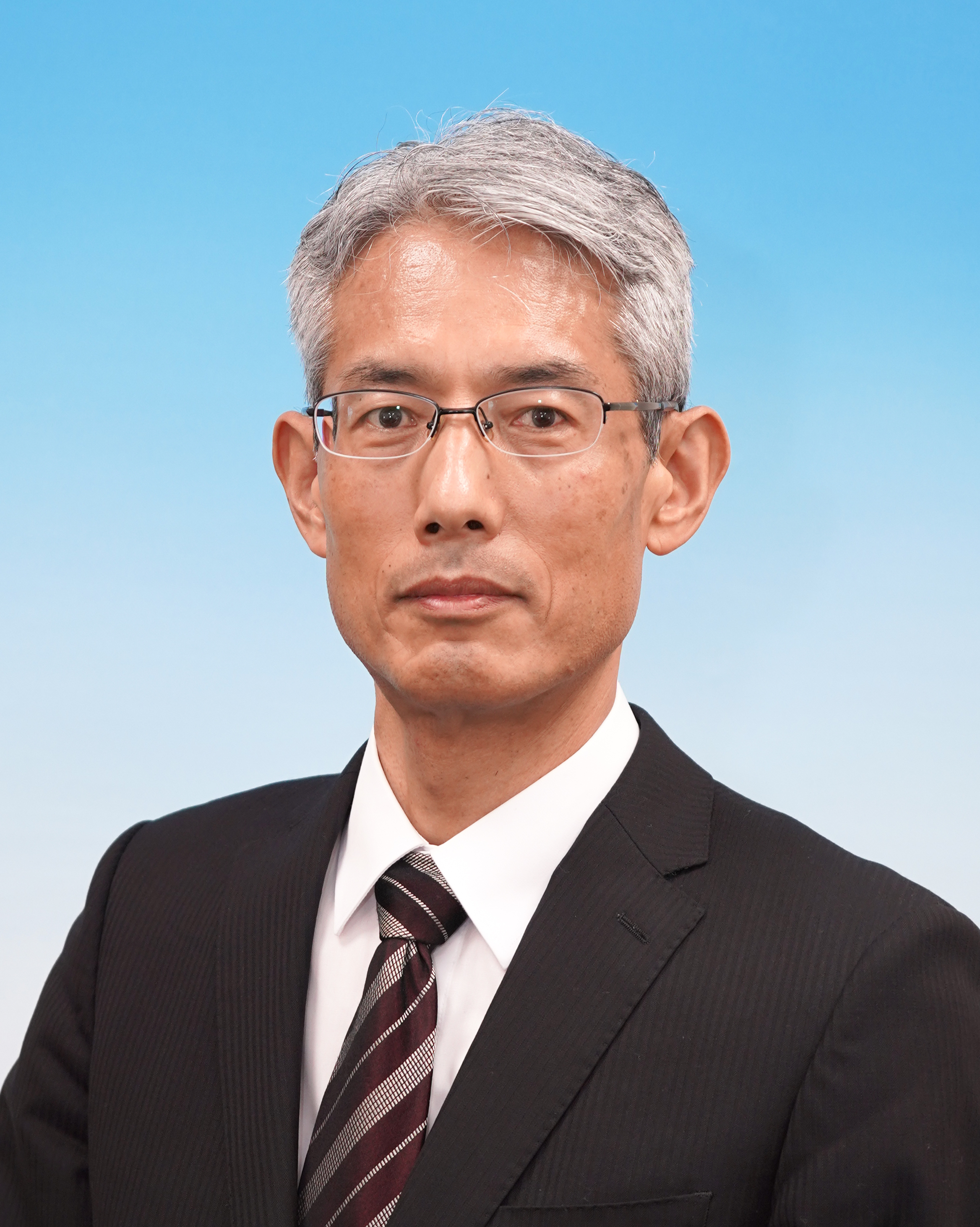 |
 |
Hiroyuki OIGAWA From organizer of ICNC2023 |
Ken Nakajima From General Chair of ICNC2023 |
|
|
 BORDER MEASURES
BORDER MEASURES
|
Condition of entry permission into Japan is the same condition before COVID-19 pandemic as of July, 2023. There are no specific requirements regarding COVID-19.
(from the Ministry of Health, Labor and Welfare website) Please refer to the the Ministry of Health, Labor and Welfare website and the Ministry of Foreign Affairs website in case. |
 SPONSORS
SPONSORS
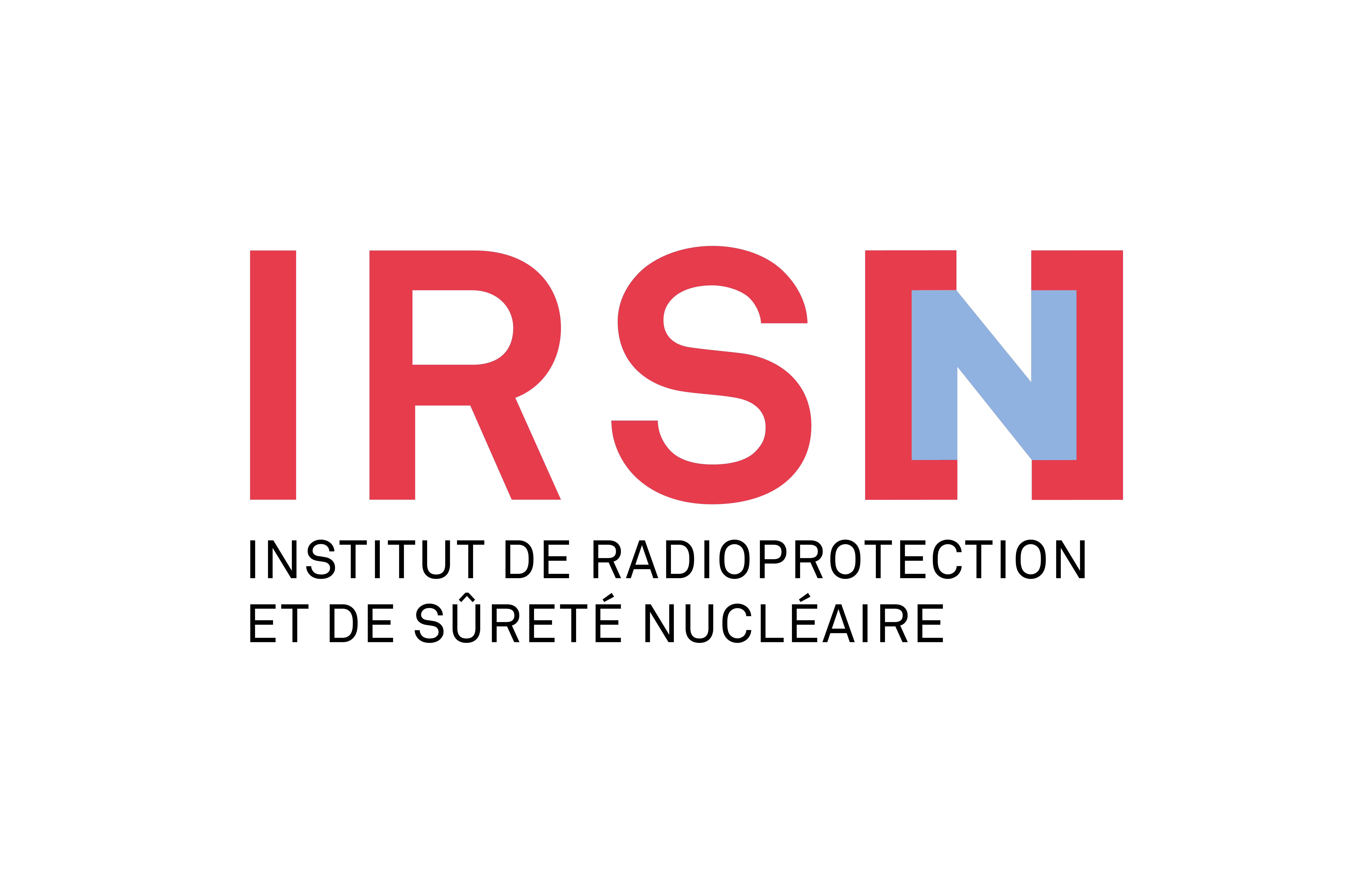 |
IRSN - Institut de Radioprotection et de Surete Nucleaire 31, avenue de la division Leclerc - 92260 Fontenay-aux-roses - France |
|
|
IRSN is a French public institution with industrial and commercial activities (EPIC). IRSN’s missions have been consolidated by the Act No. 2015-992 of 17 August 2015 concerning Energy Transition and Green Growth (TECV). IRSN is the national public expert on nuclear and radiological risks. IRSN contributes to public policies in the fields of nuclear safety and ionizing radiation protection for public health and environment. As a research and scientific institution it acts in consultation with all stakeholders concerned by these policies, while preserving its independence of judgment. IRSN is supervised jointly by the French Minister of the Ecological transition, the French Minister of Defense, and the French Ministers of Energy transition, Research and Health. |
||
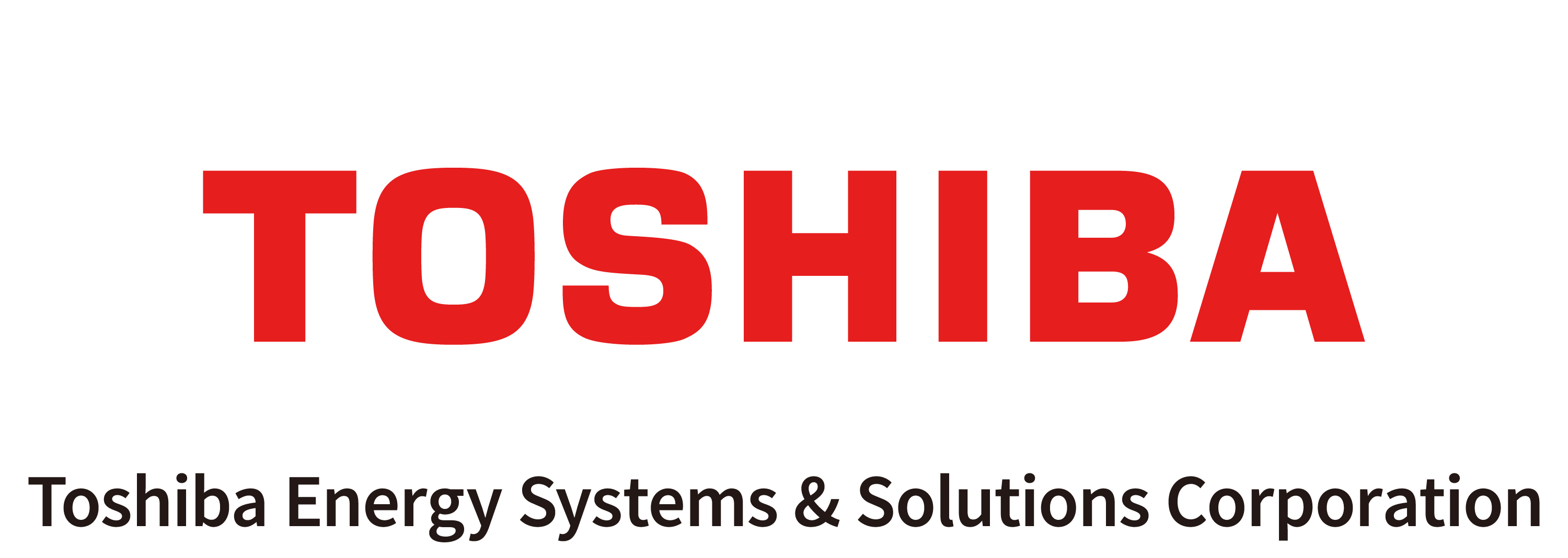 |
Toshiba Energy Systems & Solutions Corporation 72-34, Horikawa-cho, Saiwai-ku, Kawasaki-shi, Kanagawa, Japan |
|
|
Toshiba Energy Systems & Solutions Corporation is a leading supplier of integrated energy solutions. With our long experience and expertise in a wide range of power generating and transmitting systems and energy management technology?such as renewable energy, energy conversation and energy matching?we contribute to achieving carbon neutral. We are promoting to realize the next-generation energy services with advanced IoT and AI technologies utilizing our knowledge and know-how we have accumulated in energy system development and manufacturing. |
||
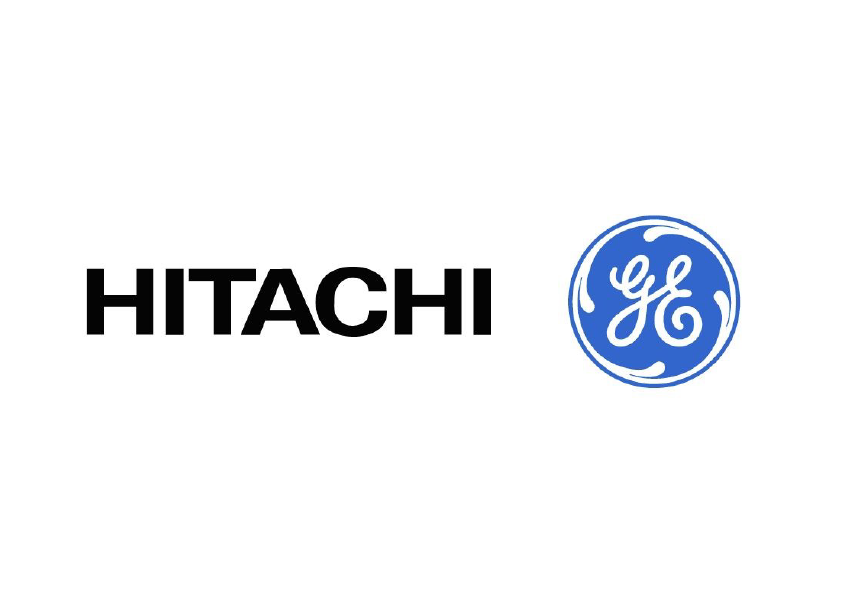 |
Hitachi-GE Nuclear Energy, Ltd. 1-1, 3-chome, Saiwai-cho, Hitachi-shi, Ibaraki, Japan |
|
|
From the standpoints of energy security and the prevention of global warming, nuclear power generation is important and will soon embark on a new era. Hitachi-GE Nuclear Energy, Ltd., was established in 2007 by Hitachi, Ltd., and the General Electric Co. of the U.S. as a means of participation in the nuclear energy business. Hitachi-GE Nuclear Energy, Ltd., having inherited the technologies and the experiences of both companies, each with a half-century of experience in the nuclear energy business, is working for progress in that field while promoting highly reliable manufacturing & services practices. |
||
 |
Mitsubishi Heavy Industries, Ltd. 2-3, Marunouchi 3-chome, Chiyoda-ku, Tokyo, Japan |
|
|
Mitsubishi Heavy Industries (MHI) Group is one of the world’s leading industrial groups, spanning energy, smart infrastructure, industrial machinery, aerospace and defense. MHI Group combines cutting-edge technology with deep experience to deliver innovative, integrated solutions that help to realize a carbon neutral world, improve the quality of life and ensure a safer world. For more information, please visit www.mhi.com or follow our insights and stories on spectra.mhi.com. |
||
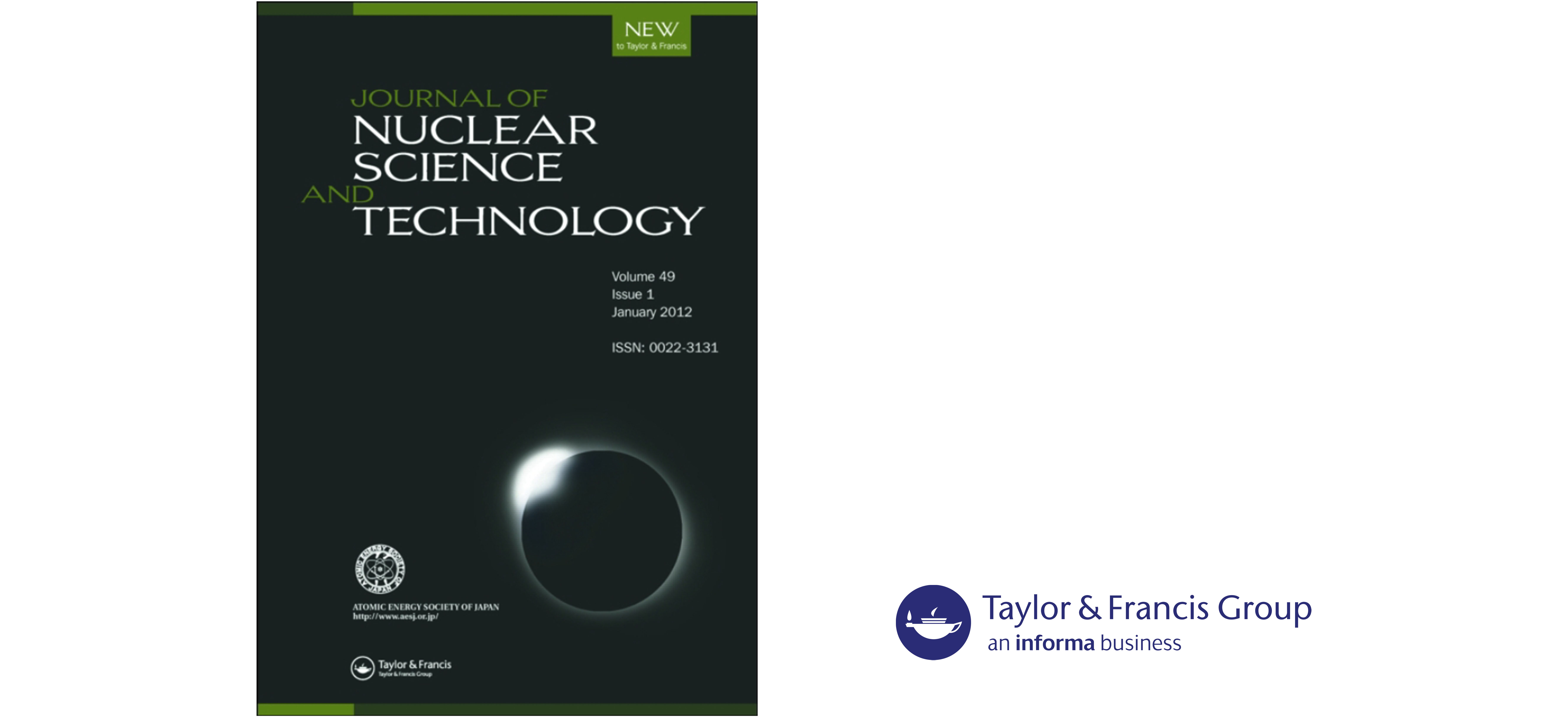 |
Journal of Nuclear Science and Technology with Taylor & Francis Group Taylor & Francis Group 4 Park Square Milton Park Abingdon OX14 4RN, UK |
|
|
|
||
 SUBSIDY SUPPORT
SUBSIDY SUPPORT
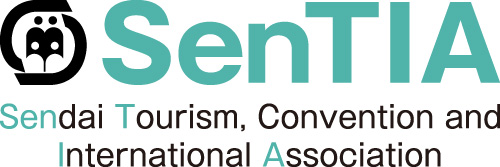 |
Sendai Tourism, Convention and International Association 6F Higashinihon Fudosan Sendai Ichibancho Bldg, 3-3-20 Ichiban-cho, Aoba-ku, Sendai-shi, Miyagi, Japan |
|
|
|
||
ADMINISTRATION
|
ICNC2023 Secretariat Team |
